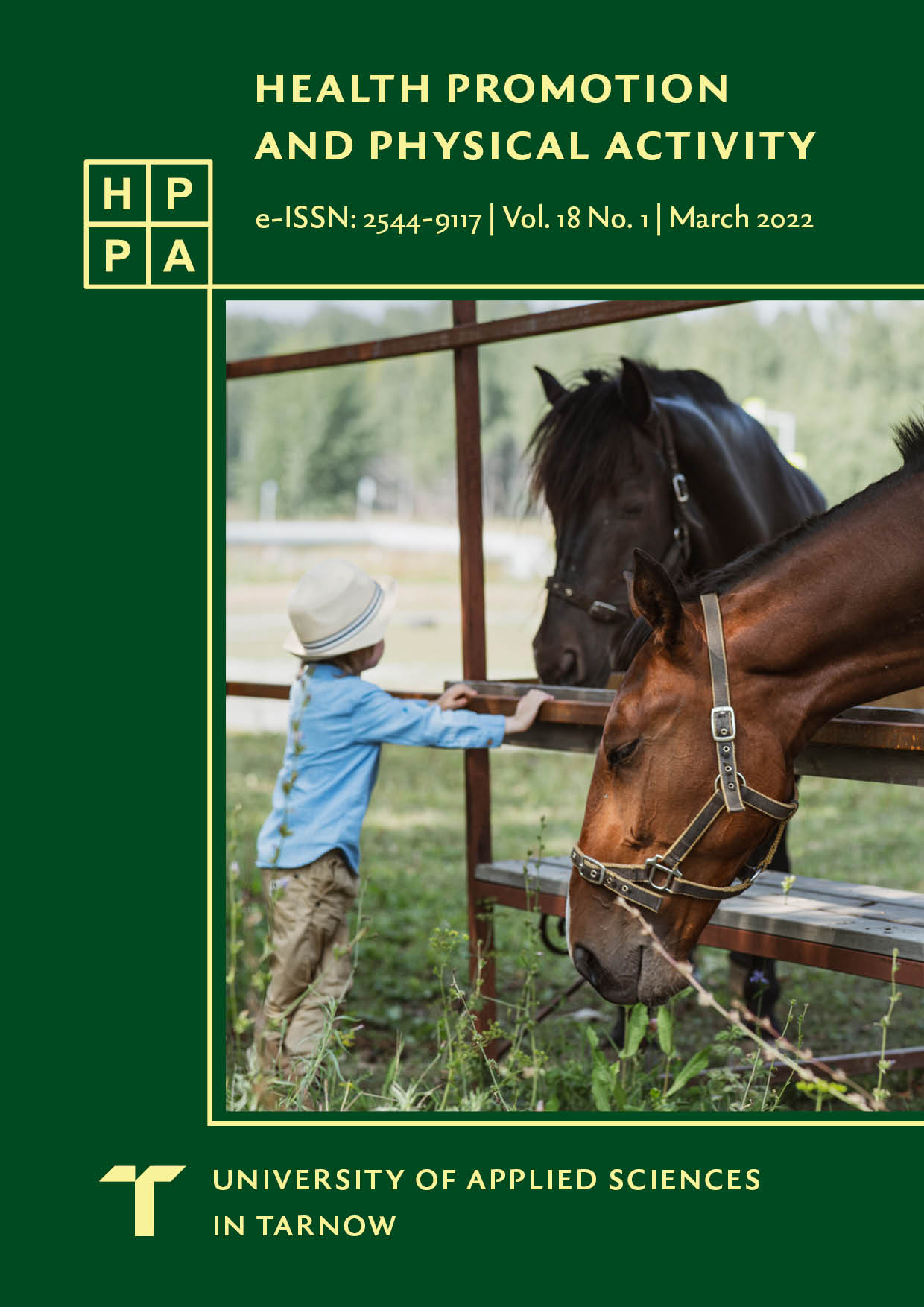Microbiological contamination of drinking water sources in tourist accommodations in South Luangwa National Park, Zambia
DOI:
https://doi.org/10.55225/hppa.389Keywords:
water quality, Zambia, tourist accommodations, South Luangwa National ParkAbstract
Background: Water quality for tourists visiting South Luangwa National Park and other less developed regions is of the utmost importance in order to avoid gastrointestinal infections; one of the most common diseases among tourists. It is also important to the health of the local tourist accommodations and the local tourist economy.
Methods: Water quality samples assessing microbiological contamination were taken from the borehole and point of use in 14 tourist lodges and camps. Turbidity was assessed optically with a DelAlgua turbidity tube. For microbiological analysis, samples were incubated in the DelAgua Dual Incubator at 37°C and 44°C. Thermotolerant Escherichia coli (E. coli) was used as the
indicator bacterium for fecal pollution. Water samples were classified based of risk levels for pollution determined by the World Health Organization (WHO).
Results: Fifty percent of borehole samples showed no contamination. Two were found to be at high risk and the others ranged between low and intermediate risk. At the point of use, 80% of the samples were clean and compliant with WHO guidelines. Water contamination generally improved from the borehole to point of use. Turbidity at borehole samples were clear in 75% of possible samples. At the point of use, turbidity was clear in 81% of samples.
Conclusion: This study establishes the first baseline water quality data for tourist facilities at South Luangwa National Park in Zambia. While water quality at most sites is clean for human use, a regular monitoring system accompanied by maintenance is recommended.
Downloads
References
Chidakel A, Child B, Myuengwa S. Evaluating the economics of park- tourism from the ground-up: Leakage, multiplier effects, and the enabling environment at South Luangwa National Park, Zambia. Ecol Econ. 2021;182:106960. doi: 10.1016/j.ecolecon.2021.106960. DOI: https://doi.org/10.1016/j.ecolecon.2021.106960 Google Scholar
Mvula CD. Fair trade in tourism to protected areas: A micro case study of wildlife tourism to South Luangwa National Park, Zambia. Int J Tourism Res. 2001;3(5):393–405. doi: 10.1002/jtr.349. DOI: https://doi.org/10.1002/jtr.349 Google Scholar
Dalal-Clayton B, Child B. Lessons from Luangwa: The story of the Luangwa integrated resource development project, Zambia. Wildlife and Development Series; 13. London: International Institute for Environment and Development; 2003. Google Scholar
Astle WL. A History of Wildlife Conservation and Management in the Mid-Luangwa Valley, Zambia. Research Paper Series; 3. Bristol, UK: British Empire and Commonwealth Museum; 1999. Google Scholar
Baird TD. Conservation and unscripted development: Proximity to park associated with development and financial diversity. Ecol Soc. 2014;19(1):4. doi: 10.5751/ES-06184-190104. DOI: https://doi.org/10.5751/ES-06184-190104 Google Scholar
Nakayama SMM, Ikenaka Y, Muzandu K, et al. Metal and metalloid levels of bio-accumulation characteristics in soil, sediment, land plants and hippopotami (Hippopotamus amphibius) from the South Luangwa National Park, Zambia. Ecotoxicol Environ Saf. 2012;80:333-338. doi: 10.1016/j.ecoenv.2012.04.003. DOI: https://doi.org/10.1016/j.ecoenv.2012.04.003 Google Scholar
Nakayama SMM, Ikenaka Y, Hamada K, et al. Metal and metalloid contamination in roadside soil and wild rats around a Pb–Zn mine in Kabwe, Zambia. Environ Pollut. 2011;159(1):175-181. doi: 10.1016/j.envpol.2010.09.007. DOI: https://doi.org/10.1016/j.envpol.2010.09.007 Google Scholar
Simarro PP, Franco JR, Cecchi G, et al. Human African trypanosomiasis in non-edemic countries (2000–2010). J Travel Med. 2012;19(1):44-53. doi: 10.1111/j.1708-8305.2011.00576.x. DOI: https://doi.org/10.1111/j.1708-8305.2011.00576.x Google Scholar
Anderson NE, Mubanga J, Machila N, et al. Sleeping sickness and its relationship with development and biodiversity conservation in the Luangwa Valley, Zambia. Parasit Vectors. 2015;8:224. doi: 10.1186/s13071-015-0827-0. DOI: https://doi.org/10.1186/s13071-015-0827-0 Google Scholar
Hang’ombe MB, Mwansa JCL, Muwowo S, et al. Human-animal anthrax outbreak in the Luangwa valley of Zambia in 2011. Trop Doct. 2012;42(3):136-139. doi: 10.1258/td.2012.110454. DOI: https://doi.org/10.1258/td.2012.110454 Google Scholar
De Vos A, Cumming GS, Cumming DHM, et al. Pathogens, disease, and the social-ecological resilience of protected areas. Ecol Soc. 2016;21(1):20. doi: 10.5751/ES-07984-210120. DOI: https://doi.org/10.5751/ES-07984-210120 Google Scholar
Jensenius M, Han PV, Schlagenhauf P, et al. Acute and potentially life-threatening tropical diseases in Western travelers – A GeoSentinel Multicenter Study, 1996–2011. Am J Trop Med Hyg. 2013;88(2):397-404. doi: 10.4269/ajtmh.12-0551. DOI: https://doi.org/10.4269/ajtmh.12-0551 Google Scholar
UNICEF. UNICEF Zambia Fact Sheets: Water, Sanitation, and Hygiene. 2018. https://www.unicef.org/zambia/water-sanitation-and-hygiene. Accessed Febuary 10, 2021. Google Scholar
Uttah EC, Uttah C, Akpan PA, et al. Bio-survey of Plankton as indicators of water quality for recreational activities in Calabar River, Nigeria. J Appl Sci Environ Manage. 2008;12(2):35-42. doi: 10.4314/jasem.v12i2.55525. DOI: https://doi.org/10.4314/jasem.v12i2.55525 Google Scholar
World Health Organization / United Nations International Children’s Emergency Fund (UNICEF). Joint Water Supply and Sanitation Monitoring Program. Progress on drinking water and sanitation: 2014 update World Health Organization. Google Scholar
World Health Organization. Guidelines for drinking water quality. WHO Chronicle 2011;38:104-108. Google Scholar
Farnleitner AR, Ryzinska-Paier G, Reischer GH, et al. Escherichi coli and enterococci are sensitive and reliable indicators for human, livestock, and wildlife faecal pollution in alpine mountainous water resources. J App Microb. 2010; 109(5):1599-1608. doi: 10.1111/j.1365-2672.2010.04788.x. DOI: https://doi.org/10.1111/j.1365-2672.2010.04788.x Google Scholar
Woodman CJ, Min-Venditti AA, Woosnam KM, Brightsmith DJ. Water quality for guest health at remote Amazon ecotourism lodges. Tour Manag. 2019;72:202-208. doi: 10.1016/j.tourman.2018.11.014. DOI: https://doi.org/10.1016/j.tourman.2018.11.014 Google Scholar
Mbewe S. Characterisation and temporal variability assessment of groundwater quality in Petauke Town, Eastern Province. University of Zambia, 2013. oai: dspace.unza.zm:123456789/3030. Google Scholar
Downloads
Published
How to Cite
Issue
Section
License
Copyright (c) 2022 Celina Albanus, Travis Heggie, Simone Kattner, Thomas Küpper

This work is licensed under a Creative Commons Attribution-ShareAlike 4.0 International License.









